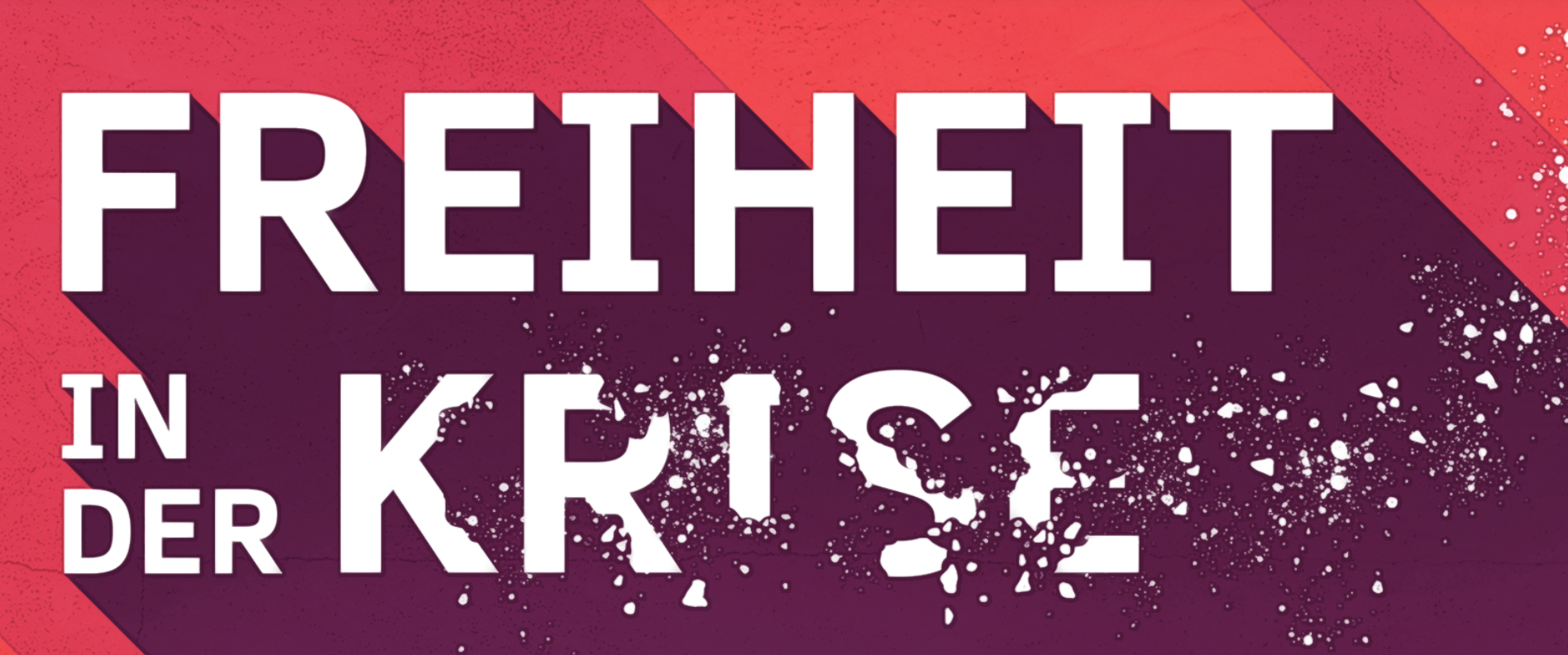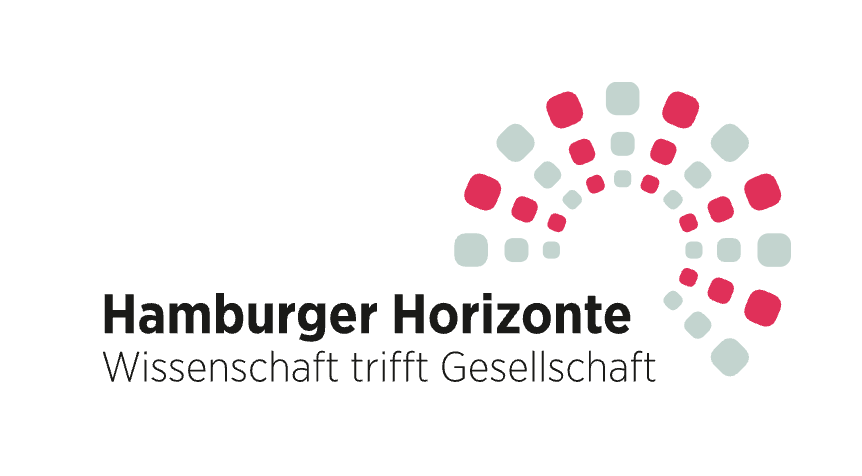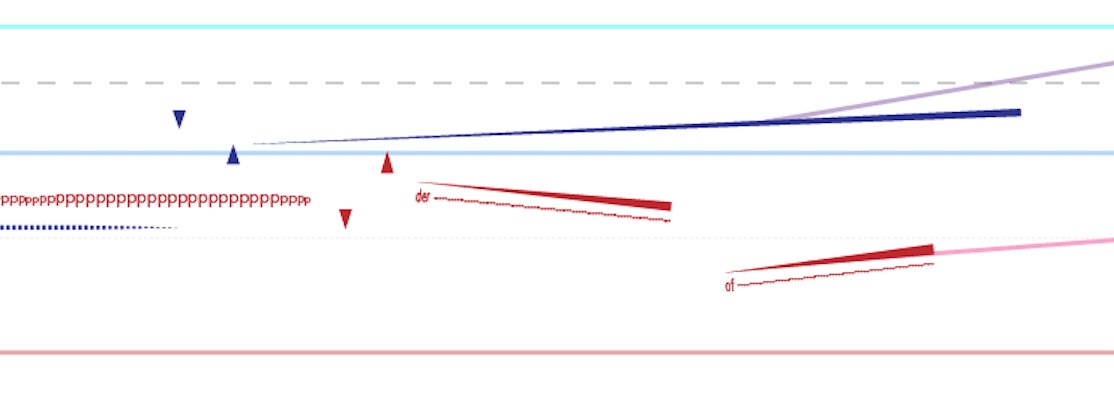Freedom In Art
“What does freedom mean and whose freedom is it? In the face of existential crises such as war, climate change and pandemics, the brief definition of freedom as non-interference in the affairs of the individual is no longer immediately convincing. Instead, the question arises as to the relationship between individual and collective and future freedom: Where does my freedom end, where can or must it be restricted with a view to overriding values? How does individual freedom relate to societal responsibility? May the freedom of consumption and resource consumption practiced today limit the freedom of future generations?” Hamburg Horizonte, introductory remarks.
“Freedom in Crisis” is a public conference series held in Hamburg, Germany between October 19 and November 22, 2022. Cat presented on a panel entitled ‘Freedom In Art’ on Friday 18 November at the Hamburg Institute of Advanced Study, alongside Stephen Barber, Professor of Art and Film, Kingston University, London; Cordula Ditz, visual artist, musician and DJ and Jeanette Kohl, Professor of Art History, University of California, Riverside; moderated by Frank Fehrenbach, Professor at the Art History Seminar, University of Hamburg.
The text of Cat’s presentation is below.
I have been an activist for longer than I have been an artist. I believe that politics and art will always be intertwined, because political decisions decide how you can make, and if you can show, art. In other words, you require freedom to make art in, with and for your own community.
In asking myself how freedom is expressed in art, I would start by saying if you can make art however you want to, wherever, whenever, or with whomever, then you are expressing freedom in art. We take this for granted in a democracy, but I believe our democracy is in crisis, with rising polarisation and the spread of disinformation. Art is more important than ever – because it can reflect life and politics without taking sides, avoiding ‘right’ and ‘wrong’ judgments, creating open ended space for thought. It can provoke without politicising, and be ‘activist’ at the same time. By ‘activist’ I mean art designed to propose or highlight, even cast a shadow, on a political theme, topic, or incident and I would describe most of my work this way.
I choose a title for a piece before I write it. That title sets the tone for the work, and is often a news headline, statement or line from a poem. For example, my 2018 piece “Their Lives Are Stripped of Meaning” for voice, trumpet and electronics has its title taken from a letter written to the Australian parliament by Richard Flanagan, where he expresses concerns about the long term detention of refugees in Australia. If you listen to the piece, without knowing the title or this little program note I just provided, you probably wouldn’t know the piece was ‘about’ anything, and it is still an artwork. But if you do, the work will be imbued that theme, without presenting a clear and definitive position on it. Here is a short excerpt of the piece, from a live recording. I will play it alongside the score, which I create in my own dynamic, graphic, music notation system.
The electronics you hear in this piece are created by sampling the musicians as they play. The sample is ‘converted’ in realtime into the long electronic tones you hear. This process reflects a nullifying of the human character, taking any personality and emotion out, and placing it alongside acoustic sounds, highlighting the difference. Despite the title being sung over the 7 minute duration of the piece, rendering it indecipherable, and demonstrating how messages can be lost in the passing of time, it is still a living, human voice somehow imbued with meaning, and, like the trumpet – breath. I use trumpet because of its declamatory and military connotations - but I write for it in a way that goes deliberately against that. These processes are part of my ‘political commentary’ being expressed in the piece.
My notation system is designed to enable more freedom for performers. I want musicians from any background to be able to play my music – in this recording, the singer is from a pop background. The musicians can choose a different pitch each time they start the piece, making the harmony different in every performance. The notation reflects my interest in the aesthetics and practical uses of abstraction, but I am also interested in abstraction from a thematic perspective. I remove tonality (melody), pulse (beats) and turn the compositional focus toward the sounds themselves, as a way of further abstracting my music, making it starkly different from music like anthems, hymns, muzak or pop songs. I think abstraction makes space for engagement with difficult subjects, for freedom in response to art. Freedom in art is not just for the maker, it is also for the audience.
Finally, I see freedom in art is a pathway, not a place. It looks different for each generation of artist, in different places, at different times. I am exercising my freedom in art just by doing it. I make activist art not to speak for others, but to express concern for them, in a way that I hope brings my performers, and audiences, on a journey of care.
Cat Hope November 2022.
A video of this presentation can be see here.



